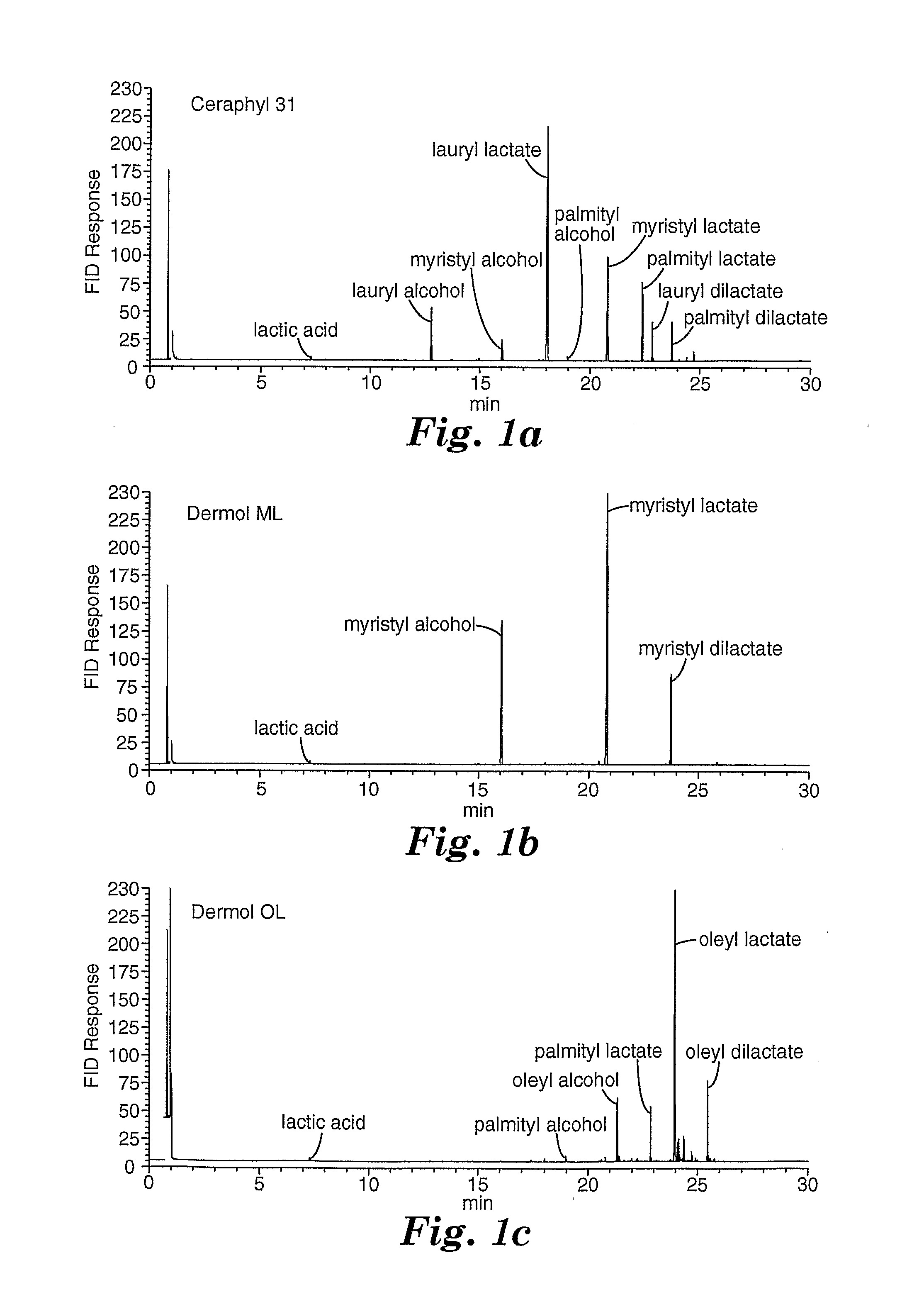Antimicrobial Compositions and Methods
a composition and antimicrobial technology, applied in the field of antimicrobial agents, can solve the problems of unrelenting, and even enhancing, high resistance rates to this antibiotic, unsuitable routine use, and further risk to patients, so as to reduce the irritation potential of the present composition, reduce the irritation potential, and the effect of sufficient viscosity
- Summary
- Abstract
- Description
- Claims
- Application Information
AI Technical Summary
Benefits of technology
Problems solved by technology
Method used
Image
Examples
examples
[0266]Objects and advantages of this invention are further illustrated by the following examples, but the particular materials and amounts thereof recited in these examples, as well as other conditions and details, should not be construed to unduly limit this invention.
Test Protocols
Antimicrobial Kill Rate Test
[0267]Antimicrobial compositions were challenged with test cultures of Methicillin Resistant Staphyloccus aureus (MRSA) ATCC#33593 (commercially available from American Type Culture Collection, Rockville, Md.), and Escherichia coli (E. coli), ATCC # 11229.
[0268]Bacteria Culture Preparation:
[0269]Bacteria were grown in Tryptic Soy Broth (TSB) (commercially available from Difco, Detroit, Mich.) at 35° C. for 18-24 hours (hrs). A 0.3 milliliter (mL) culture suspension was spread on the surface of a Tryptic Soy Agar plate that was incubated at 35° C. for 18-24 hrs. Bacterial cells were harvested from the agar plate with a glass L-rod by adding 3 mL of TSB and were transferred into...
example 12
[0299]Purity Determination by GC was done on commercially obtained samples using the method defined in Test Protocols.
[0300]Alcohols and lactic acid were identified by retention time matching versus known standards and GC / MS spectra of the samples. Ester identification was made by GC / MS spectra of the samples. Weight percentages of alcohols and lactic acid were determined by comparing area response of component peaks in the samples with response factors obtained from standards of known concentration. Weight percentages of esters were determined by obtaining the area percent of each ester compared to the total ester area and multiplying that by the remaining weight percentage after removal of the alcohol and acid weight percentages. Areas of unidentified components were summed and reported as percentage of total area. Results are in Table 5 and the GC chromatograms are shown in FIG. 1(a-c).
TABLE 5Purity by GC of Lipid EstersWeight Percent of Identified ComponentsComponentCERAPHYL 31D...
PUM
| Property | Measurement | Unit |
|---|---|---|
| temperature | aaaaa | aaaaa |
| path length | aaaaa | aaaaa |
| pH | aaaaa | aaaaa |
Abstract
Description
Claims
Application Information
 Login to View More
Login to View More - R&D
- Intellectual Property
- Life Sciences
- Materials
- Tech Scout
- Unparalleled Data Quality
- Higher Quality Content
- 60% Fewer Hallucinations
Browse by: Latest US Patents, China's latest patents, Technical Efficacy Thesaurus, Application Domain, Technology Topic, Popular Technical Reports.
© 2025 PatSnap. All rights reserved.Legal|Privacy policy|Modern Slavery Act Transparency Statement|Sitemap|About US| Contact US: help@patsnap.com



